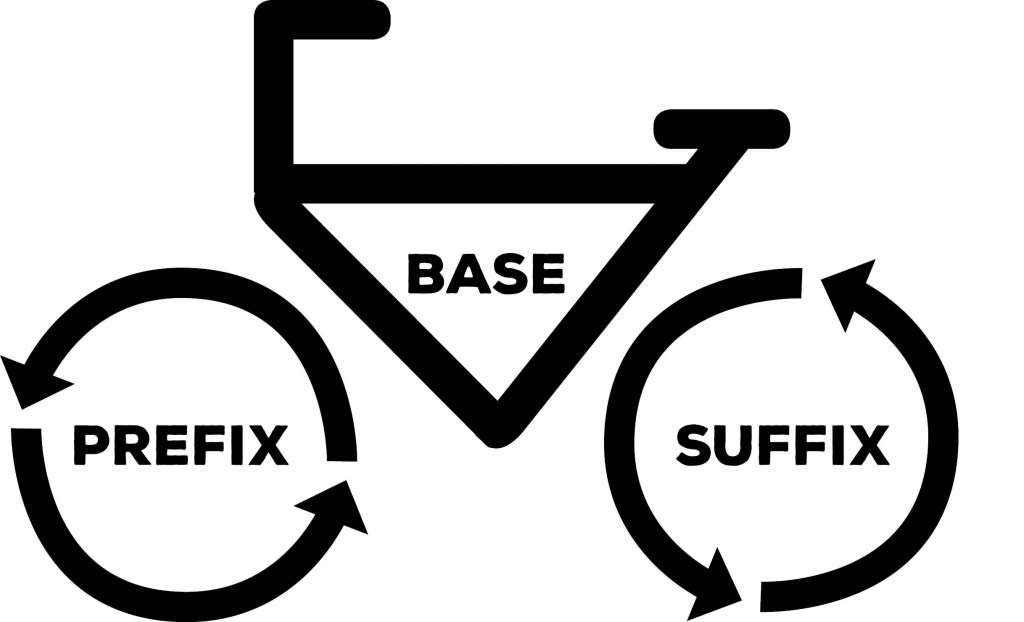What’s the Story?
by Amy Smith
At the center of all advocacy work is a story. Reading Recovery has a rich tapestry of stories with compelling themes like renewal, transformation, and hope. Our data tells one piece of the story, but it obfuscates the human story. In the end, that’s the true story of Reading Recovery. As a teacher leader, I understand the importance of advocacy. This year, my goal is to give teachers a more organized (and doable) way to collect the richest stories possible about their children.
Teachers as Storytellers: The Sign Project
The teachers I work with are diligent, creative storytellers. In 2014, one of them, Alicia Kelley, came up with a brilliant idea based upon a Facebook campaign that shared personal stories of cancer survivors. Our teachers located over 200 current and former Reading Recovery students (from 1st grade to college senior) and asked them to describe something about their Reading Recovery experience. These messages were transcribed onto 8.5 x 11 signs and we photographed the children holding these. The Sign Project told their stories and helped us understand how profound our impact had been. We compiled all 200 stories into a book and used many in a video we shared with our school board, legislators, and community groups. This summer, I happened upon the book and stopped on the page with a beautiful, smiling child whose sign said “I can read, now.” Although I had seen that picture dozens of times, this time I realized part of this child’s story is missing. My mother (who is obsessed with renovation shows on HGTV) deserves the credit for my epiphany. Watching these shows with her helped me understand the most compelling part is the change, not the outcome. Think about it. Without seeing the house before the renovation, you miss the transformation. We need a way to tell the story of change, from the child’s perspective.
As I thought about how to accomplish this, I looked for guidance from one of my trainers, Dr. Lindy Harmon. Her dissertation focused on the potential of Reading Recovery to shape children’s literate identities; a facet of our story we haven’t told well. Dr. Harmon and I adapted some of the data collection protocols from her study in order to capture children’s perceptions of themselves before, during, and after Reading Recovery. We’re calling this effort, the Identity Project.
2019-2020 Advocacy Work: The Identity Project
This year, teachers affiliated with Madison and Fayette County Reading Recovery sites in Kentucky will ask each child to draw a picture of themselves illustrating how they feel when they engage in reading in their classrooms. Then, using the adapted interview protocol, they will have a conversation with the child and record the responses. Although this is a work in progress, we plan to repeat this process in weeks 1, 5, 10 and at the end of the program. We are very aware that our children have unique paths, but selected these intervals to give teachers an organized process. I asked my teacher, Alicia, for her feedback on our plan. She suggested we also video our students reading at the same intervals to capture parallel changes in reading strength and feelings about the task. She said, “We have the artifacts that show their writing development and can show change with texts, but showing a child reading is much more compelling than the book itself.” Alicia is right!
To organize this data, our teachers will upload scans of the children’s drawings, their interview responses and video clips to our Team Drive. Although analyzing qualitative data is complex (and we are grateful to OSU trainer, Lisa Patrick, for offering to support our analysis) I am excited to learn from the themes our teachers find!
This is a single, tentative example of an effort to communicate the transformational potential of Reading Recovery. If you are reading this blog, I am certain you have additional ideas and examples to enrich this project or innovative ways we might share our story with stakeholders. Afterall, stories only resonate when they reach an audience. As an example, I was inspired by Michigan teacher leader, Maeghan McCormick, who shared that Michigan teacher leaders displayed posters with student stories in a gallery format during their regional conference. This Literacy Walk, arguably a much more poetic name than Sign Project, immersed conference attendees in the stories of their children. While I originally envisioned compiling another book of student stories, I’m suddenly thinking bigger about the eventual display! Maeghan’s willingness to share Michigan’s work led me to realize that even though the topic of this post is advocacy, the subtext is the importance of collaboration. Without colleagues like Maeghan, Dr. Harmon, Dr. Patrick, the Fayette County Teacher Leaders (Beth Magsig and Amy Emmons), and my always-thinking teacher, Alicia, our idea would be much less rich and exciting.
Telling OUR Collective Story
As Reading Recovery professionals, we must be more intentional about sharing our ideas with one another. Imagine the tapestry of stories we can create with our collective voice. I encourage you to share your ideas by writing your own blog post. You can find more information about submitting a blog at Reading Recovery Connections. You can also share your ideas on advocacy with RRCNA Advocacy Committee Chair, Kelly McDermott. And, if you decide to replicate the (still tentative) process described in this post, please share your findings with us.

Dr. Amy Smith is a Reading Recovery teacher leader in Richmond, KY. She has served as Chair of RRCNA’s Advocacy Committee and currently serves as RRCNA’s President Elect.









